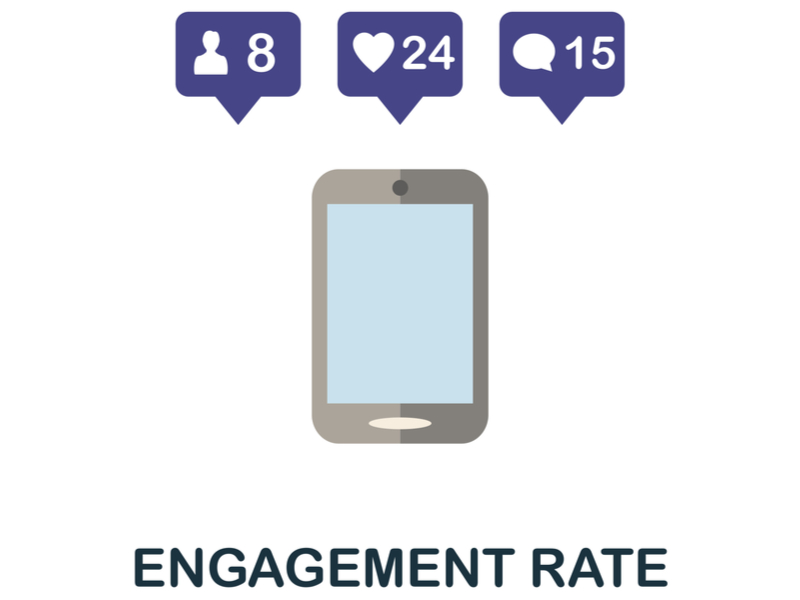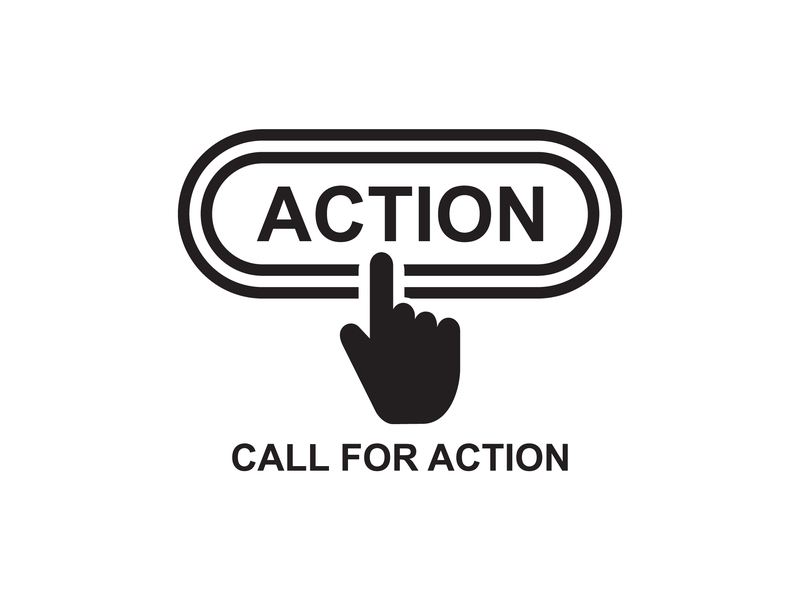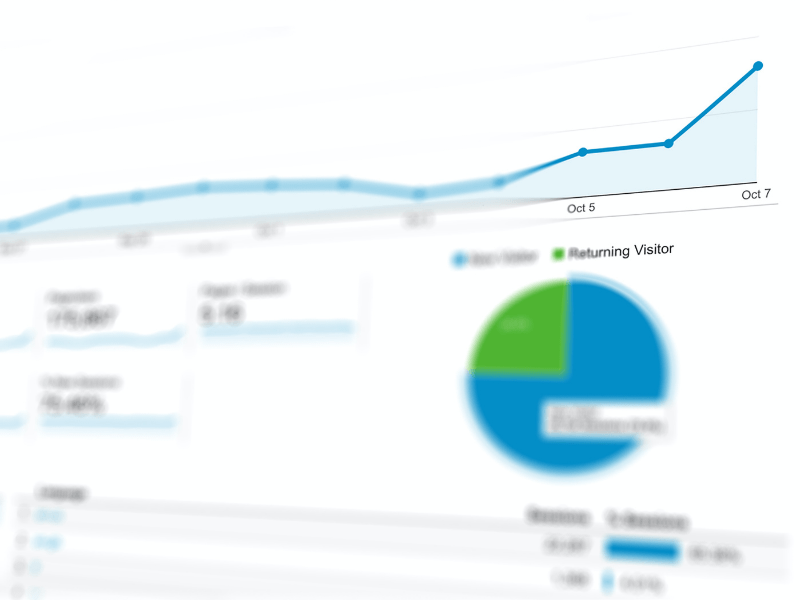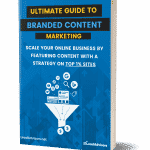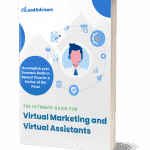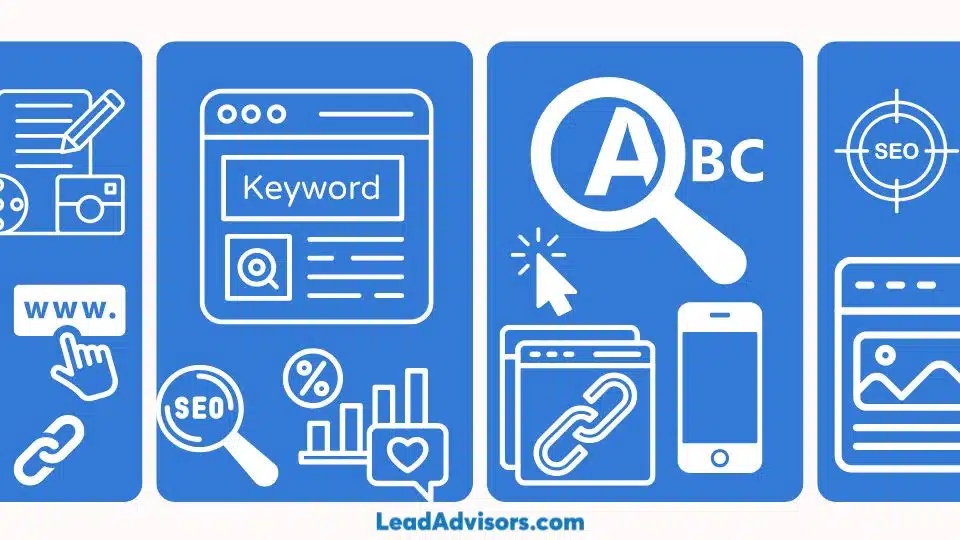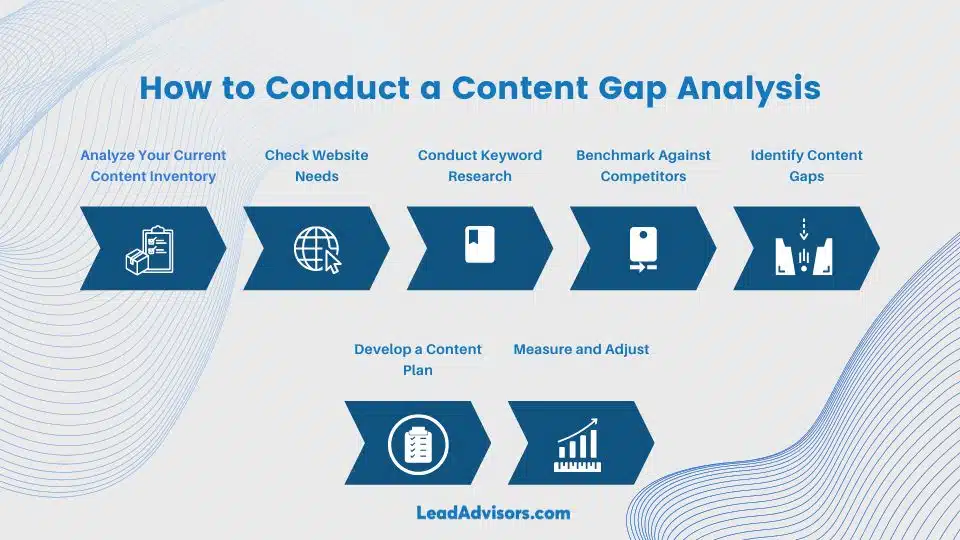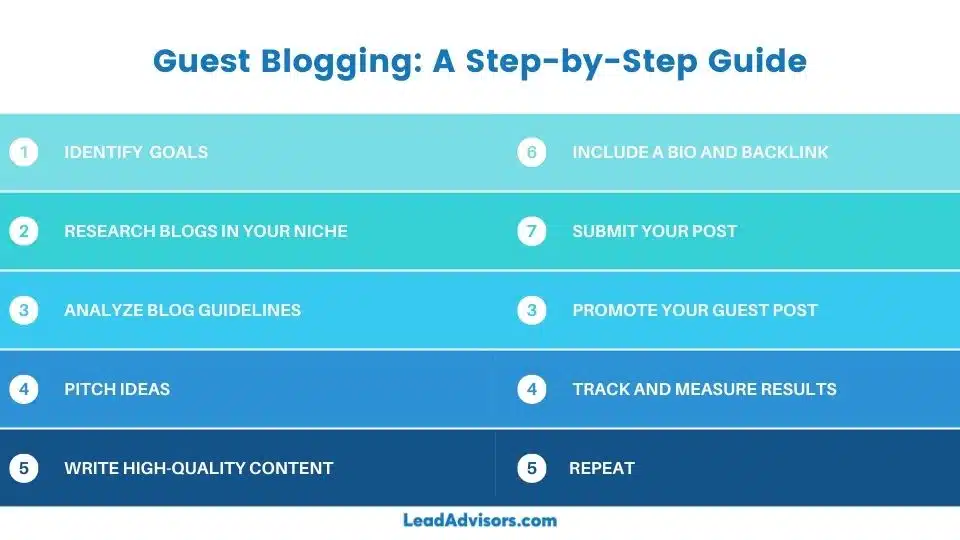Do you want to know how to write a blog? Have you been looking at sourdough recipes lately?
How about ways to stay in shape while at home?
Chances are, you learned these from your favorite blogs. These online articles allow regular people to share their expertise with readers directly.
On the other hand, businesses employ them in their marketing strategies. If you own a company, you know how crucial online clout is for business.
The race for internet presence began with email marketing and other past methods. Nowadays, you must first start a blog post to beat your competition to the top of search results.
After all, millennials make up a considerable portion of the market, and they research before making purchases.
You wouldn’t want to miss out on this opportunity, right? Whether you’re flying solo or cruising with your business crew, you’ll benefit from blogging.
It’s an inexpensive way of connecting with customers, sharing valuable info, and keeping your brand in people’s minds.
If you don’t know how to start a successful first blog, our guide will teach you all you need to know.
We’ll show you a step-by-step guide on the keyword research tool, helpful bullet points, and strategies needed to build a blog today so you can start blogging!
Identifying Target Audience
Before you even begin building a blog, you should identify your target audience first.
This is one of the most critical steps in how to start a blog and writing your first post. After all, your blog will promote products or services that cater to a specific kind of person.
Consequently, they must be written and presented in a way that resonates with those people. You may be thinking, “I already know my customers, so what’s the fuss about?”.
Well, it’s better to have a more detailed and nuanced profile of your audience, otherwise known as a buyer persona.
This hypothetical person should be made of your customer’s traits and behaviors, and it’s beyond your generalized view of consumers since it involves research on customer characteristics.
Use a Buyer Persona
Using a buyer persona, you’ll have a more nuanced profile of your customers.
It could say that they range between 25-45 years of age. It might tell you that they are mostly professionals, and they live hectic, healthy lifestyles using their upper-middle-class earnings.
As you can see, the buyer persona gives you more information than just typical stereotypes. Since they frequent mainstream social media sites, you might want to use Facebook as a blog platform, and this is important to keep in mind when writing your first post.
You may need to know how to write blogs in a semi-formal tone to connect with these professionals. Also, they could be more amenable to spending, so you might be able to offer more expensive meals. You can’t plan like this by using outdated stereotypes like the “typical millennial”!
Related Article: How to Write Blogs that Generate Leads
Setting Your Own Blog Goals
Another necessary step before you start writing blog posts is setting blog goals.
Now that you know your target audience, you should determine the value your online articles will provide.
In other words, you should ponder why customers should even read or simply preview your blogs. Do it right, and you’ll be using one of the most cost-effective business exposure and marketing methods. After all, blogs are the 5th most trusted source of information online.
Interesting Blog Facts
Blogs provide 97% more links to business websites.
Marketers are 13 times more likely to yield a positive return on investment.
Business-to-business (B2B) marketers gain 67% more leads compared to non-bloggers or new bloggers.
Websites get 434% more indexed pages which are crucial for SEO (Yoast SEO).
Blogging accumulates online traffic exponentially, even after several months and years since publishing.
A new blog post can help also help your brand for many other reasons:
Announce product breakthroughs
Instruct educational content
Share materials with potential customers
In the long run, blogs spread awareness for your business to gain more customers and sales, especially using features like a contact form within your copy. Eventually, your brand can become a paragon of your industry!
Creating Good Blog Post Strategies
Once you have determined your blogging goals, you should now map out how you’ll get to them. You must formulate a long-term marketing strategy for your online articles.
Since blogs take time to take effect, you should have planning behind your published content. In addition, you should set the indicators for your strategy’s success, otherwise known as metrics.
These will measure the performance of your strategy, either acquisition or retention. If you need to pique public interest in your brand, your blogging strategy is geared towards acquisition. On the other hand, a retention strategy aims to maintain consumer interest in your business.
Learn the pros and cons of each and find out which one fits your brand best.
Acquisition
People learn about brands when they have a search intent for products and services online through a one-click button. Their search engine will then search for content or subject matter that has matching keywords. Afterward, it will show you search results and show the ones with the most trending keywords first.
Most businesses game this system by incorporating those popular search terms into their online articles. This is known as search engine optimization (SEO), and it’s crucial for any effective acquisition strategy.
After applying SEO techniques to your other blogs, you should publish your content frequently. This is a cost-effective method of drawing traffic towards your brand.
However, you’ll need a considerable amount of time when using SEO. Understanding the basics could take a while, and you will have to compete with others using the same keywords.
What to Keep in Mind
Additionally, your blogs could link to other websites, so your business reaches more potential customers. Your products and services could be related to other genuinely interested categories so that they could appear on relevant third-party websites.
For example, a shoe brand can appear on showbiz websites if a celebrity endorses a specific pair. As you spread more content on various websites, people will eventually identify your brand as a leading expert. However, it also takes time to take effect, and it is difficult to measure brand awareness.
What’s more, you could persuade people to become subscribers by promising more content in exchange. You could place slide-in ads, in-text promos, or pop-up calls-to-action (CTAs) in your blogs. This method could draw more people closer to your brand without gathering excessive information. For it to work, you’ll need time to nurture email addresses and set up email blasts.
Retention Tool
While you may have no problems attracting customers, you could be struggling to keep their interest. Blogs can promote product niche samples and exclusive content to your customers so that you can sustain their continued patronage.
These can persuade your clients to keep paying for your products and services. They might even convince them to spread the word about your brand!
Moreover, you could send frequent updates to your customers so that they will engage more with your brand. Send them product improvements and tips on how to use them. As a result, your customers may feel more involved with your brand, and they might even rave about them online.
Just like the other ones, these techniques take time to yield results. You’ll have to coordinate closely with your product teams, which means days or weeks of planning and execution.
Content Planning
With your goals and strategy ready, it’s time to research keywords and plan your pillar pages. Check the terms people use when looking up your brand.
Then, collaborate with your team and brainstorm ways to tailor your blogs according to consumer behavior. We recommend optimizing your online content for Google since it’s the world’s top search engine.
Consider:
How much content you could create
What kind of content you will post
What are your blog’s goals are
How social media can help
Keyword research helps your blogs target intended audiences effectively. Find the right keywords, then how to write blogs and edit your entire blog topics based on them.
It’s also a good idea to include long-tail keywords, especially in the post title. The good news is, these consist of more words, but these usually have fewer competitors using them.
This means it won’t be buried beneath other related content, so people will likely find them quickly. Persist for a few weeks or months, and your search volumes will be populated with more qualified visitors.
Steps in Keyword Research or Blog Post Ideas:
List terms and topic ideas related to your products or services.
Divide them into five to ten main categories.
On a separate list, jot down search terms your buyer persona would search.
Find out the monthly search volume for your keywords using on-page SEO tools or resources like Google.
Next, create pillar pages that follow the latest search engine algorithms. In the illustration above, you’ll see that a broad topic must be the core of your pillar page.
Also, there must be additional cluster pages that link back to that pillar. Together, they make up topic clusters, overarching “umbrella” topics that cover other related ones.
Let’s use a meal delivery service again as an example. If the pillar content is “pairing wine with food,” the cluster content must be connected to it. The additional pages could discuss pairing red wine with meats, a web hosting plan for a company with a wine tasting, or cooking with wine.
Moreover, those cluster pages must contain anchor text that links to the “pairing wine with food” page. Also, you could reuse keyword research to plan your pillar and cluster pages.
Compile a list of terms that are related to several topics.
Create 5-10 pillar pages that extensively discuss every interesting topic.
Attach 15-20 relevant cluster pages that have targeted long-tail keywords.
Your blogs should follow a schedule that corresponds to your company’s needs. You should publish frequently and decide how much time you could allot for blogging. Typically, it’s best to post content daily or even weekly.
Before Publishing
Before publishing your first blog post, create a stockpile of evergreen content. These are online articles that tackle topics that remain relevant regardless of time. Post these while your writers learn how to write blogs and creating other content so that you can maintain your content calendar.
You might want to consider using a CMS to facilitate your publishing schedule. Post different kinds of content to assure people that a robot doesn’t manufacture your blogs.
There’s an astronomical number of topics you can tackle in your blogs, and how to write blogs in several ways. Take advantage of their incredible versatility by posting other forms, such as infographics, how-to guides, and newsjacking posts. This shall help your first blog post.
Besides, evergreen content must make up 80% of your blogs. While these may not trend immediately, these could rank high in search results eventually. In contrast, other articles discuss time-sensitive issues so that they can draw people in temporarily.
After a while, fewer people will read them as their trending topics fall into obscurity. Use both types of content to develop your blog over time effectively.
Feel free to experiment, though, if it might improve your content strategy. You could even try several, so you can learn how to improve your blogs.
Choosing a Content Management System (CMS)
After preparing your blog host strategy and content, you must now find web hosting companies and options. These are called content management systems (CMS), and you should choose one wisely.
Your CMS should have the following characteristics:
You and your team should find it easy to use.
It should conveniently and accurately track your metrics.
It must automatically optimize your content to the latest upgrades and devices.
Setting Up Your Blog
Prepare everything you need before publishing content, or you’ll miss out on valuable marketing data. Enable online blog analytics in your CMS from a Google Analytics account.
Also, attach UTM codes at the end of your social media URLs, and these will enable you to track your performance on those platforms.
Of course, written content won’t represent your company alone. Make sure to design and optimize your blog hosting! People must have a good impression of your company the moment they lay eyes on your landing page.
Ensure that visitors will have an easy time navigating your website and sharing it with others. Take note of the many aspects of your blog’s web design. First, your blog’s landing page must be well-presented, and it must link to an archive for all posts.
Also, you must provide a search box, so people can easily access specific entries. Design your blog’s main page in an aesthetically pleasing manner that will represent your company’s identity.
Other Things to Keep in Mind
Use a color scheme that catches your audience’s attention, but make sure people aren’t overwhelmed with too much color. If your brand already has its colors, just apply them on the page and add accent colors. Too much design could interfere with the browsing experience, so don’t go overboard.
Balance simplicity and originality in your web design, and make sure visitors can smoothly explore your site. Once you’ve started blogging, using a singular layout throughout your pages will simplify the navigation experience. You could simply choose from preset templates or craft your own.
Also, end your specific blog posts with compelling calls-to-action (CTA). Once you start a blog, make sure to conclude your online articles by asking loyal readers to try your products and services. You could include a CTA as slide-ins, pop-ups, and buttons.
If successful, a CTA could convert casual readers into reliable customers. Alternatively, it can convince your existing readers interested and to stay loyal to your brand.
You could improve your CTA by:
Offering exclusive courses or demos
Providing downloadable templates or infographics
Attaching links to social media
Sending emails
As early as the planning phase, coordinate with your developers for their expert advice. For example, you installed a free WordPress theme or any free themes that have to do with a blog’s domain, but you didn’t know they were incompatible with your CMS and trackers.
If you consulted your developers beforehand, you wouldn’t have had this problem in the first place. Before installing a blogging platform like WordPress and installing WordPress blog plugins, discuss it with your web developers first. For instance, you could ask them to include the features you want for your WordPress dashboard.
In addition, provide your vision for the following blog features:
Post tagging features
Slide-in CTAs
Images for each post, including a relevant featured image
Commenting features
A homepage feed of current content
Social shares
Use a project management program to coordinate your plans smoothly. Delegate your other tasks to another team with a designated manager.
How to Write Blogs
Finally, it’s time for the nitty-gritty of actually writing your blogs! A great new WordPress blog post contains the following:
Author
Date of publishing and updates
Great writing headlines
Introduction
Body including a catchy Header
Useful tips, terms, or information
Conclusion
CTAs
Keywords
Affiliate links
Always consider your keywords, pillar category, and intended audience while working on your writing style. For newsjacking, step-by-step, and list-based news blogs, you could just use templates.
Make sure to optimize for search engines by adapting meta descriptions, keywords, and URLs.
Promoting Your Blog
After finishing your personal blog post, it’s time to let the world know! Find out your customers’ media preferences using their buyer persona.
Be present in their favorite forms of media, such as:
Social media
Magazines
Online influencers
Email
Midroll ads in video streaming websites
Banner ads on their preferred websites or profitable blog domain
Online articles from other companies or a successful blogger
Don’t hesitate to ask for assistance and use every available tool that can help promote your great blog post. For instance, you could hire your own social media team. You could assign experts to oversee your brand’s presence on Facebook and Twitter.
Take note of helpful tools like Google Adsense and Adwords. These are some of the online tools that could assist in improving your advertisements.
Tracking Metrics
After some time, you should check your blog’s performance. Compare your blog’s metrics with your business goals. Get a better picture of your blog’s status using relevant metrics like page views.
Trace where your online traffic flows so that you can discover new customers with just a few clicks from other sources. Depending on your blogging strategy, you need to track your daily, weekly, or monthly activities. After analyzing your blog’s performance, you should create post-launch goals.
Talk with your team regarding your plans for your first month, the sixth month, and the first year. Don’t worry if you don’t get results right away, though.
You need to grow your self-hosted WordPress blog post by posting more content and eventually establishing authority on a particular topic. Set long-term goals, conduct necessary fixes and try alternative methods first. Soon, you’ll find the best blogging strategy your brand needs.
Monetizing Your Blog
While you wait for those long-term results, you could monetize your new blog posts in various ways. You could provide an RSS (straightforward syndication) to your subscribers.
This will notify them regarding your content’s latest updates, and it’s usually free on most blog name programs. More importantly, you’ll earn roughly a dollar for each of your subscribers.
Also, you may want to conduct lead nurturing on your customers. Some clients have specific concerns or “pain points” that your products and services should address. Discuss with your sales team how to bridge this gap and find topics that need attention. This will allow your brand to attract more customers and yield more earnings.
While you’re at it, you could offer blog content on your high-performing blogs. These articles draw in the most customers, so you should add CTAs that link to your other content. This way, you could fully take advantage of this opportunity to get qualified leads.
With all that in mind, you’ve learned how to write blogs successfully!
Congratulations!
It’s time to put all you’ve learned into action. Blogs take a long time to work, so don’t fret if you don’t see results right away. With patience and persistence, your blog could significantly benefit your business.





